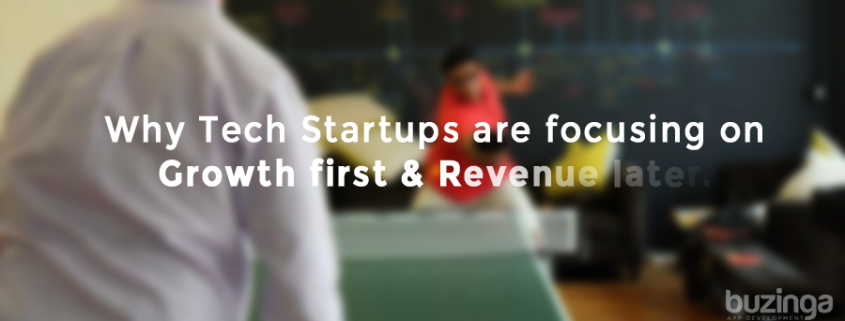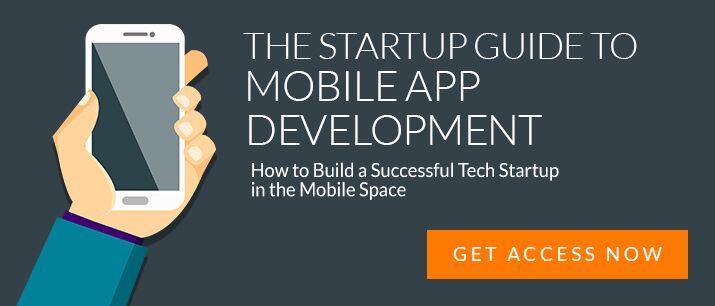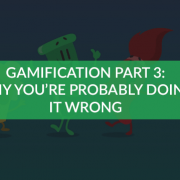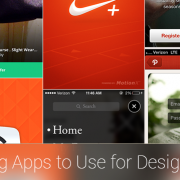Why Tech-Startups Are Focusing On Growth First and Revenue Later
Most mobile app development start-ups direct majority of their focus on ‘revenue generation’.
Which is insane because the reason they went into business in the first place is to produce and promote an incredible mobile application…
So then in fact shouldn’t they spend more time focusing on the product and how it facilitates the needs of the user?
And more importantly, how to get people using their app?
Perhaps this is the core to one of the biggest reasons why most app developers fail…
There’s an forever-on-going debate about whether startups should focus on Growth first…or revenue. And in my opinion there simply is no one-size fits all. Sometimes it’s good to focus on revenue. But let’s look at why some of the world’s most successful tech startups in app development (like Instagram and Waze) are focusing on Growth First and Revenue Later.
Pro Growth First
Reading an essay by one of my favourite Silicon Valley bloggers Andrew Chen, it becomes quite apparent that focusing on revenue first is one of the biggest killers of new tech startups.
Andrew who works as an advisor (among other roles) in a number of tech-startups, big and small, firmly believes in Growth First as the #1 option for new startups.
“Its very smart and rational to focus on getting millions of users first.” – Andrew Chen
The idea is to focus your attention on building an app first that attracts people and makes them want to stick around. Once you’ve got that then you can introduce a monetisation system.
Monetisation Can Be Harmful
There doesn’t seem to be a rule for how much monetisation hinders the uptake of new mobile applications because the results vary tremendously from app to app. But I’ve never heard of monetisation having a direct effect on the increase in growth of an apps’ user base. Especially when your revenue generation is derived from charging the users directly.
I’d even go as far as to say that banner ads can tax your growth by making your app look cluttered and thereby less attractive.
By cluttering the user interface (app design) you’re also weakening the User Experience which can turn people off from using your app. Read our post on User Experience – App Design
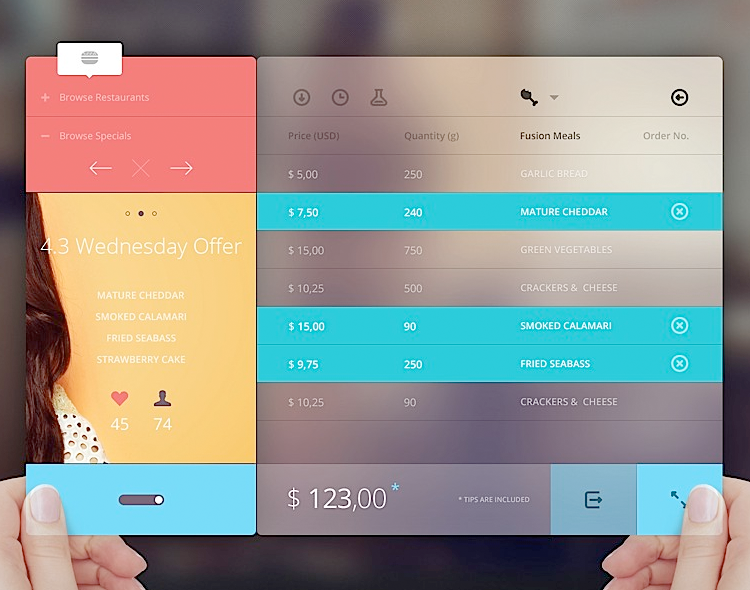
Source: Abzueedo – Cosmin Apitanu
There are case-studies and stories of mobile app developers who’ve lost potential users even by making a ‘paid version’ of their app available.
“When we announced the paid versions of UserVoice back in 2008 (previously it had been completely free) it immediately cut daily sign-ups in HALF.” – Richard White – UserVoice
It pays to be smart with monetisation, rather than assuming that your users will pay the price. Because it may be you who end up paying the price… (love cheesy one-liners)
Free Apps Spread Like Wild Fire
For obvious reasons, a free app will get more downloads than an app with a price-per-download scheme. It’s worthwhile thinking about that as an acquisitions strategy to grow your userbase.
99c is not a lot to spend…but on the App Store we void all rationale… Especially when an app like Clash Of Clans can make over $2.4m per day from in-app purchases, of which carry and instrumental value of literally zilch…

Focus on Growth

Source: I made it myself…
In most cases, your focus should be on growing your user base. There are a number of reasons for this but the main two are:
- You need to grab as much market share as possible before your competitors do;
- There is huge value in an active user-base.
The value in most technologies is not in how how much money they make, but in how many people are actively using it.
Instagram, Firefox and Reddit are all great examples of this. They have no way of monetising their user-base but their intrinsic value is enormous.
Timing Is King

Source: Rachel Simmons
Timing can sky-rocket the growth of your app. Pivoting your mobile app against the release of another product is a great way to get some well deserved limelight.
For example, Instagram released at a time when there were fewer iPhone on the market and managed to scoop up 1 million users in 3 months.
“It was just a whirlwind ride. Instagram had nailed the timing. The iPhone 4 was just arriving and its camera was finally good enough to cannibalize point-and-shoot cameras. Apple also had an installed base of iOS devices that was now large enough to produce the network effects that Instagram needed to take off.” – Mike Krieger, Instagram
To date, Instagram has never made a dollar from its active user base of individuals and businesses. Yet Facebook saw the value in the asset and famously bought the company for $1 billion back in 2012.
Put the user first…
Develop a product that gives the user an experience that’s worth paying for. Then you can confidently charge for it. Not the other way around.
“You first invent a cure for cancer and then figure out where to put the bags of money.” – Steve Blank, Customer Development
If you’ve run enough user experience testing to prove to stakeholders that the app is ‘all-of-that-and-a-bag-of-chips’ then feel free to launch your app onto the app marketplace to see how it fares against a live audience.
However, it may still be worthwhile considering a free-trial option.
For example, online-based brain training company Lumosity originally launched with a fully-fletched priced product, and later released a free trial with limited capability which has helped them acquire an extraordinary 35 million users and a 150% growth year-on-year.
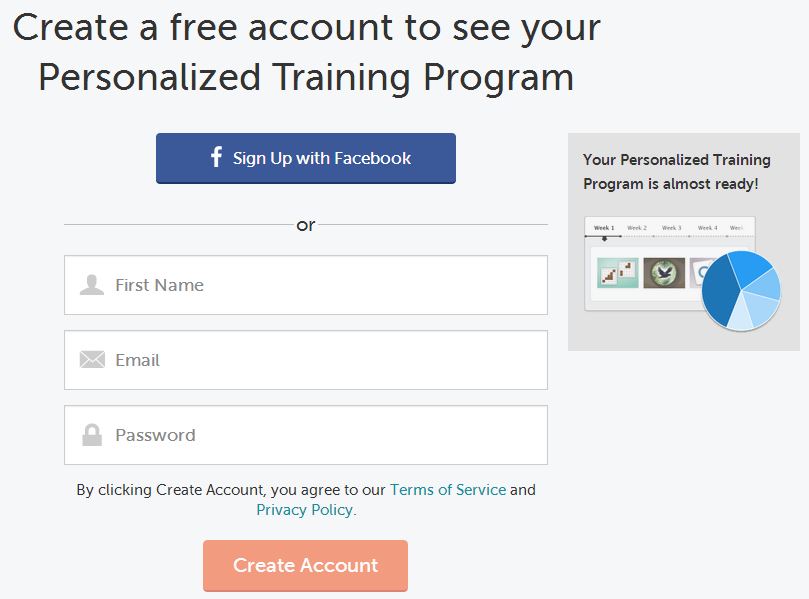
Source: Lumosity website
The idea is simple: Put the user first…and revenue later…
There’s more ways than one
As I mentioned earlier in the post, this isn’t the best strategy for everyone and it’s not even the model I follow in my own tech-startup. But it’s a strategy that has served (and continues to server) some of the most fruitful results for ambitious tech-startups worldwide.
Look at your own app concept and consider if this strategy could work for you.
Latest posts by Logan Merrick (see all)
- Ep 18: Collective Campus’ CEO on Intrapreneurship and Corporate Innovation - December 20, 2016
- 50 User Engagement Strategies For Planning Memorable Mobile Experiences - December 19, 2016
- Latest Data: App Monetisation Trends And Drivers 2015-2020 - November 25, 2016

